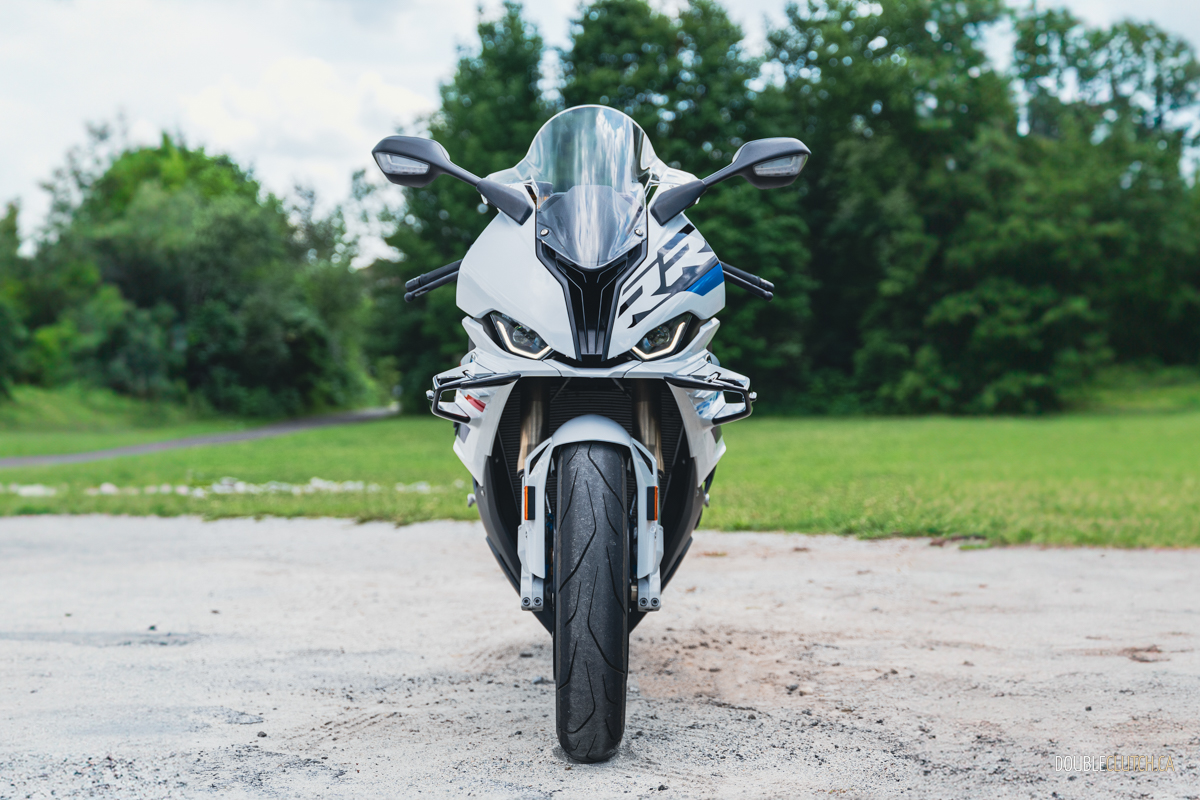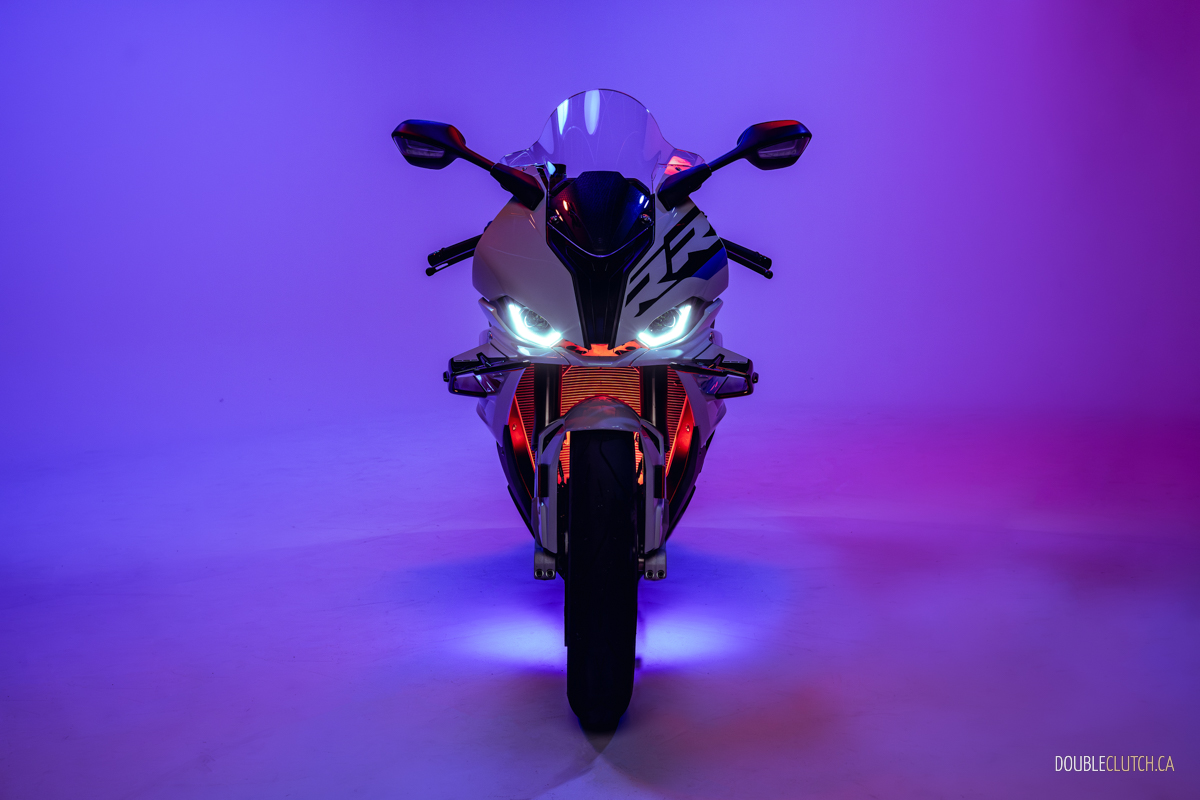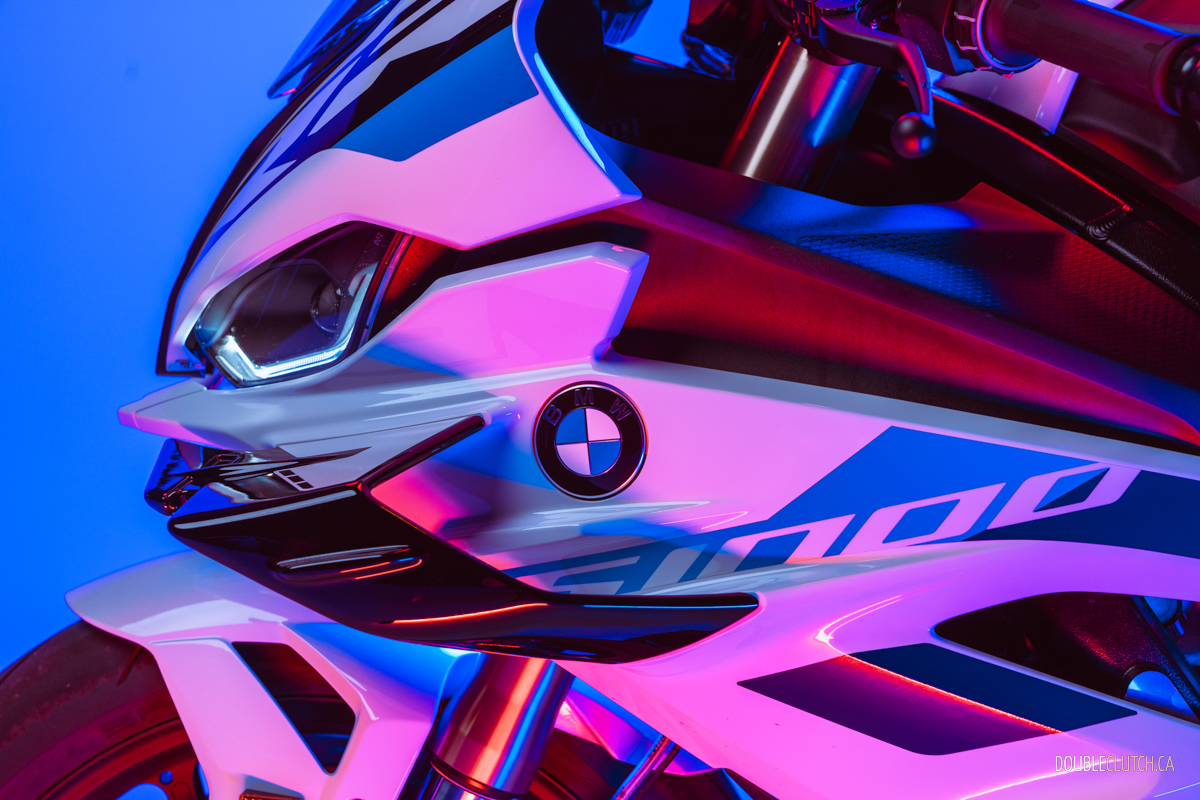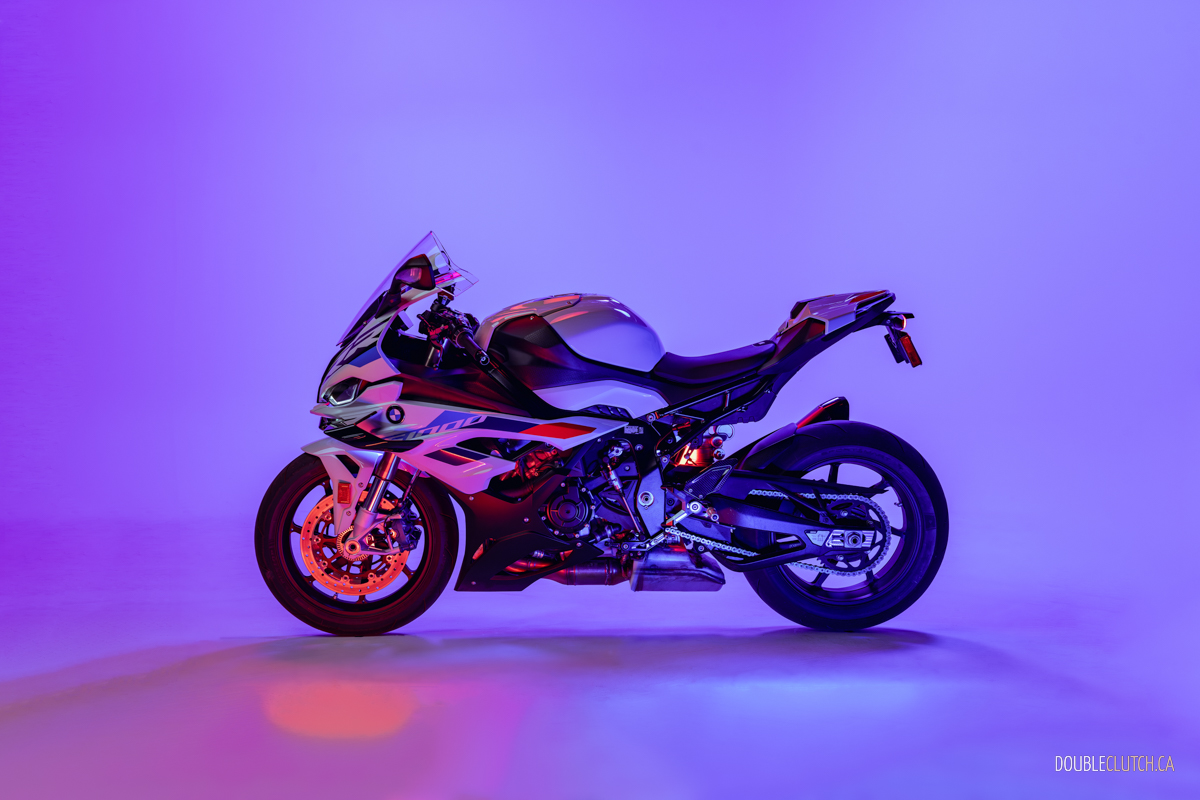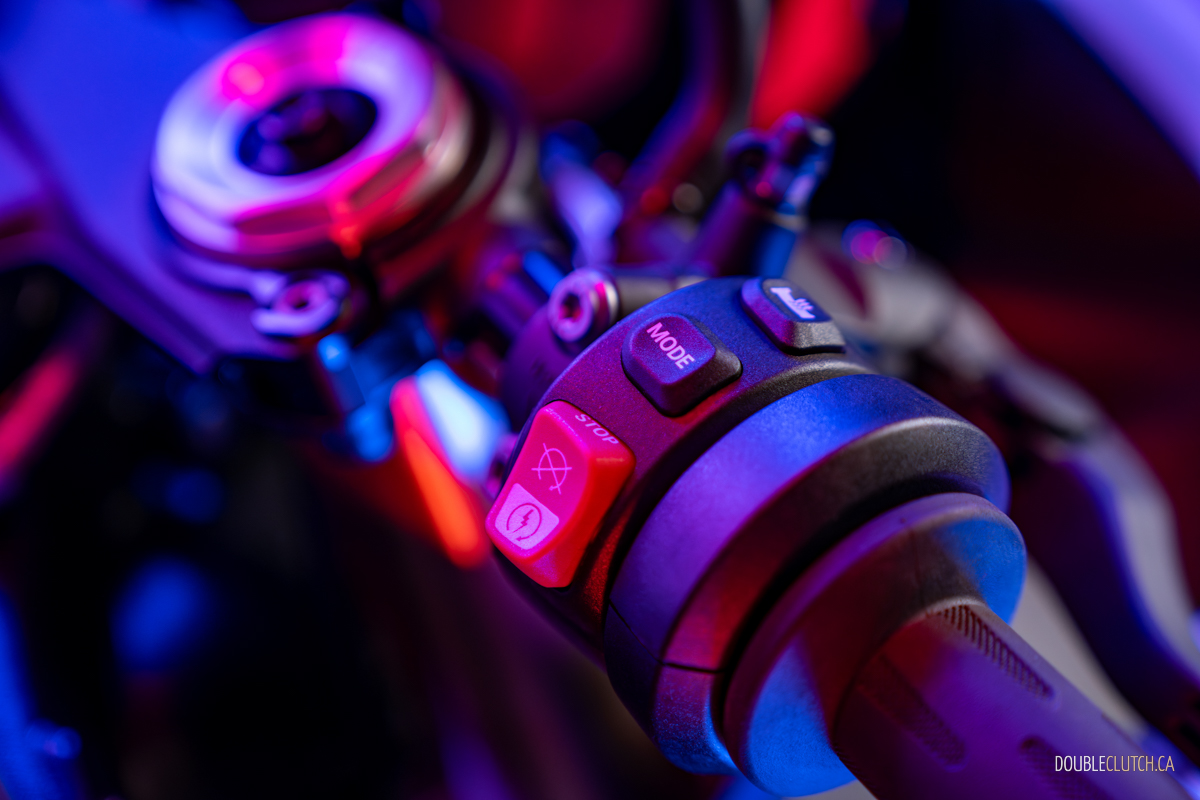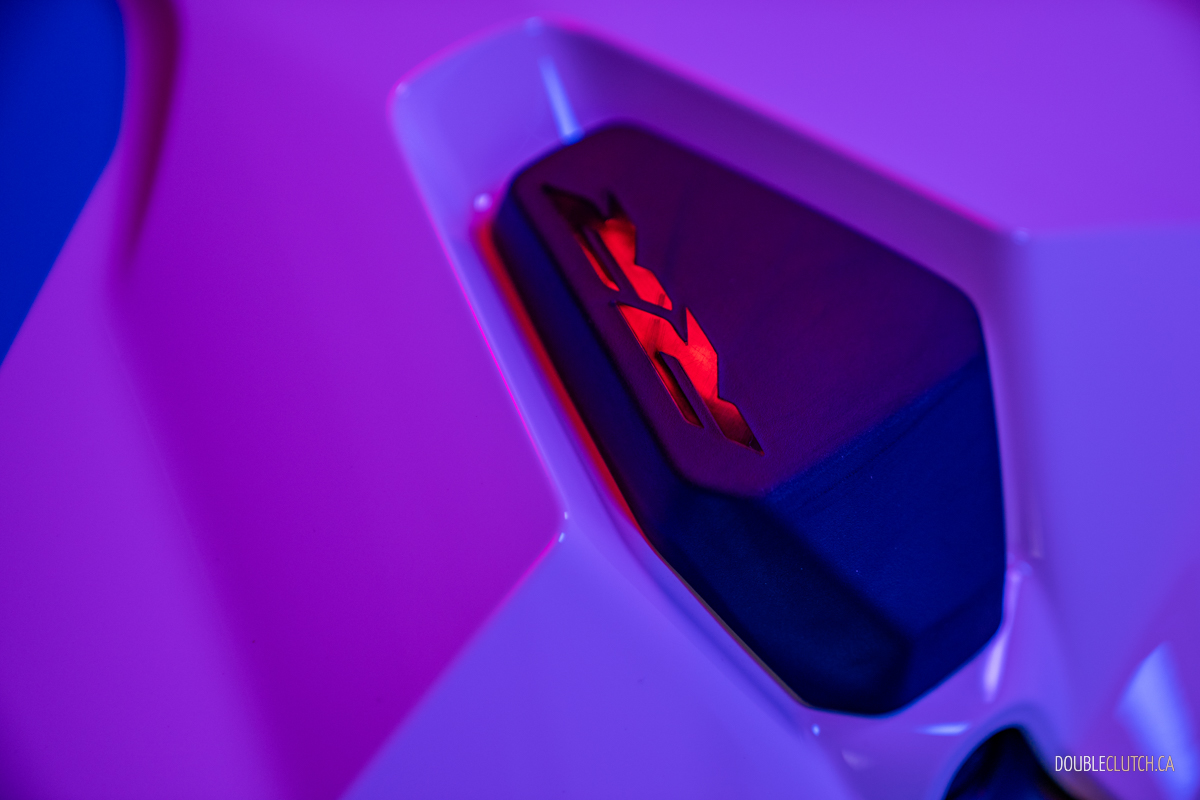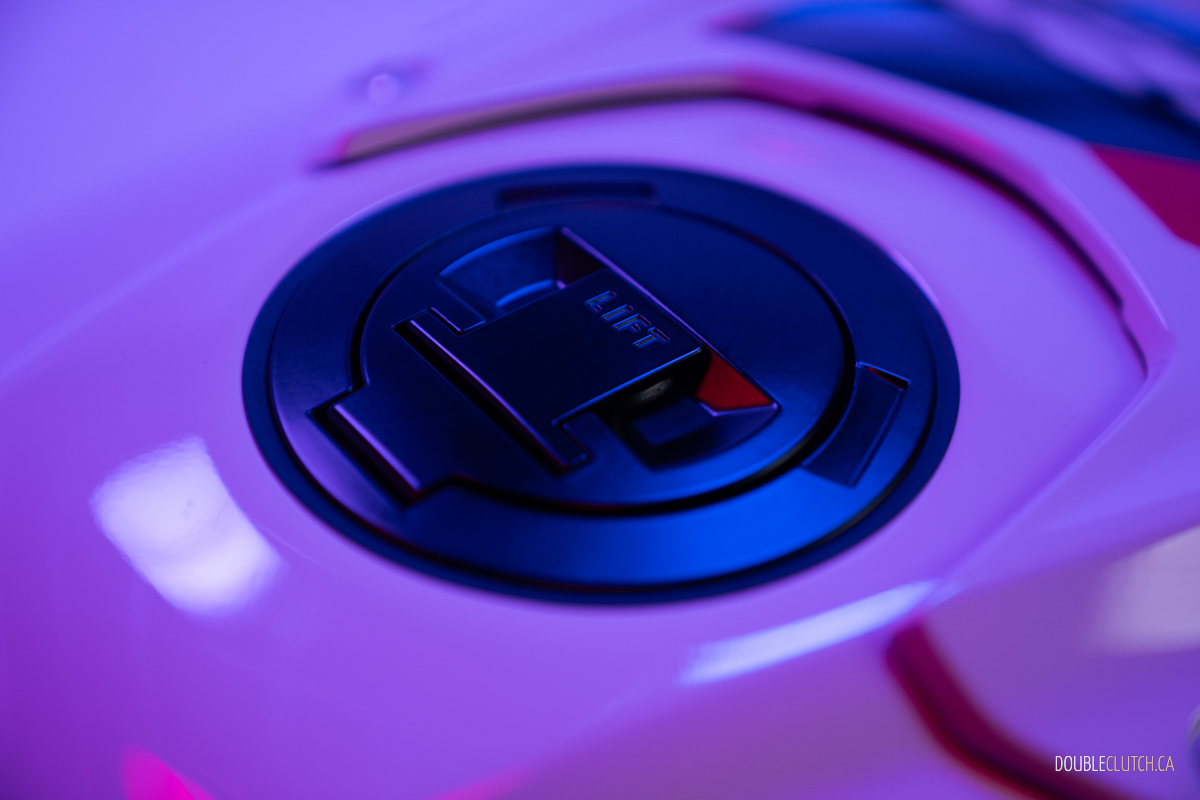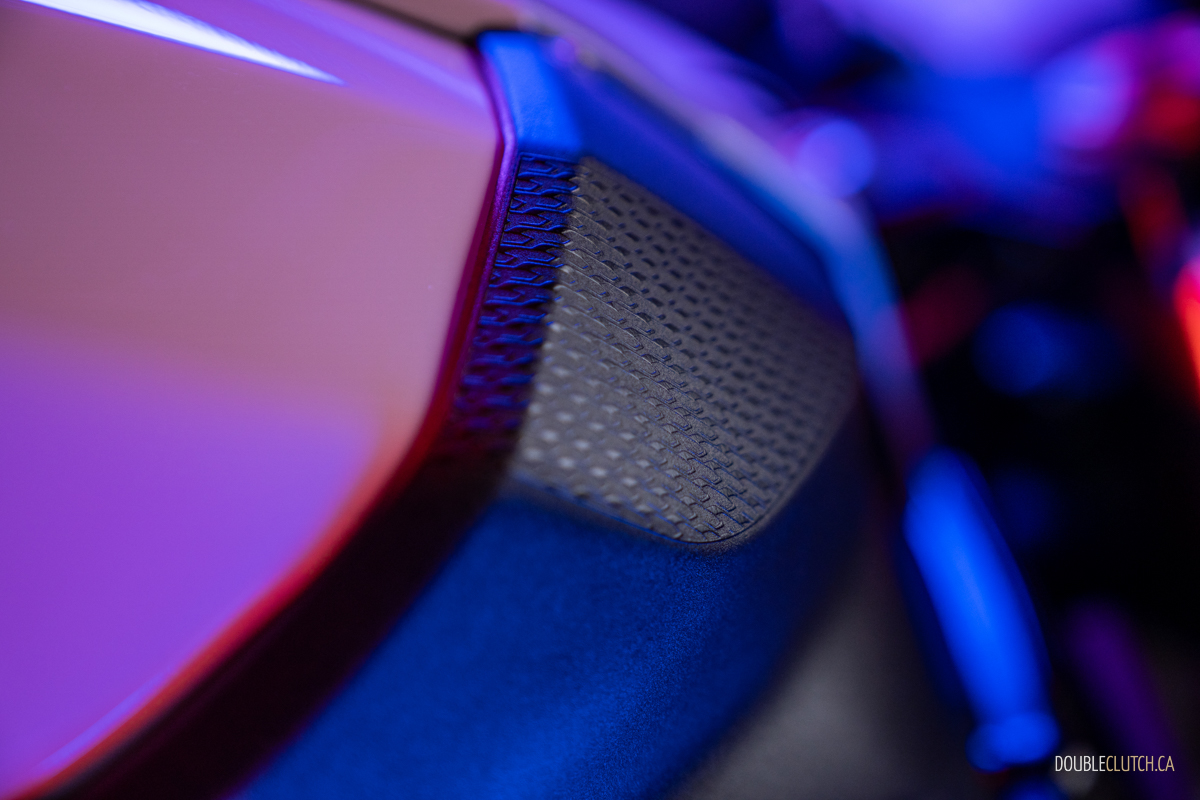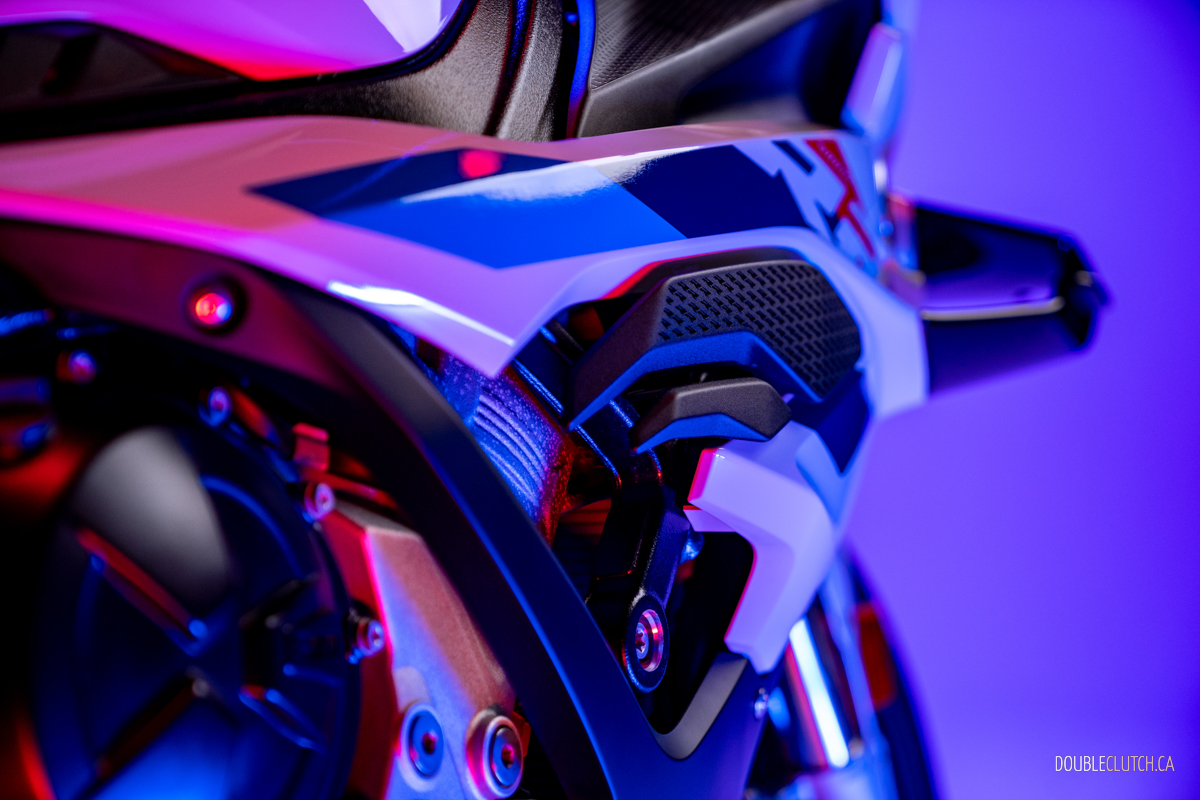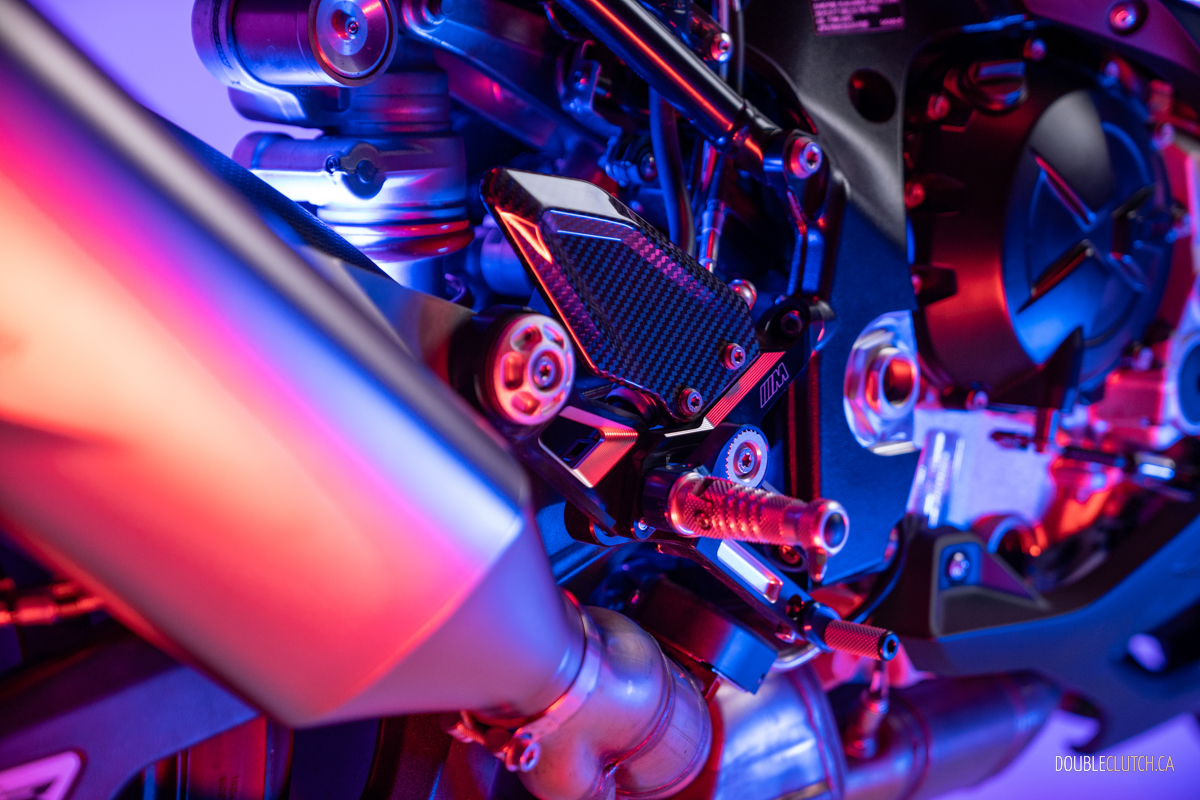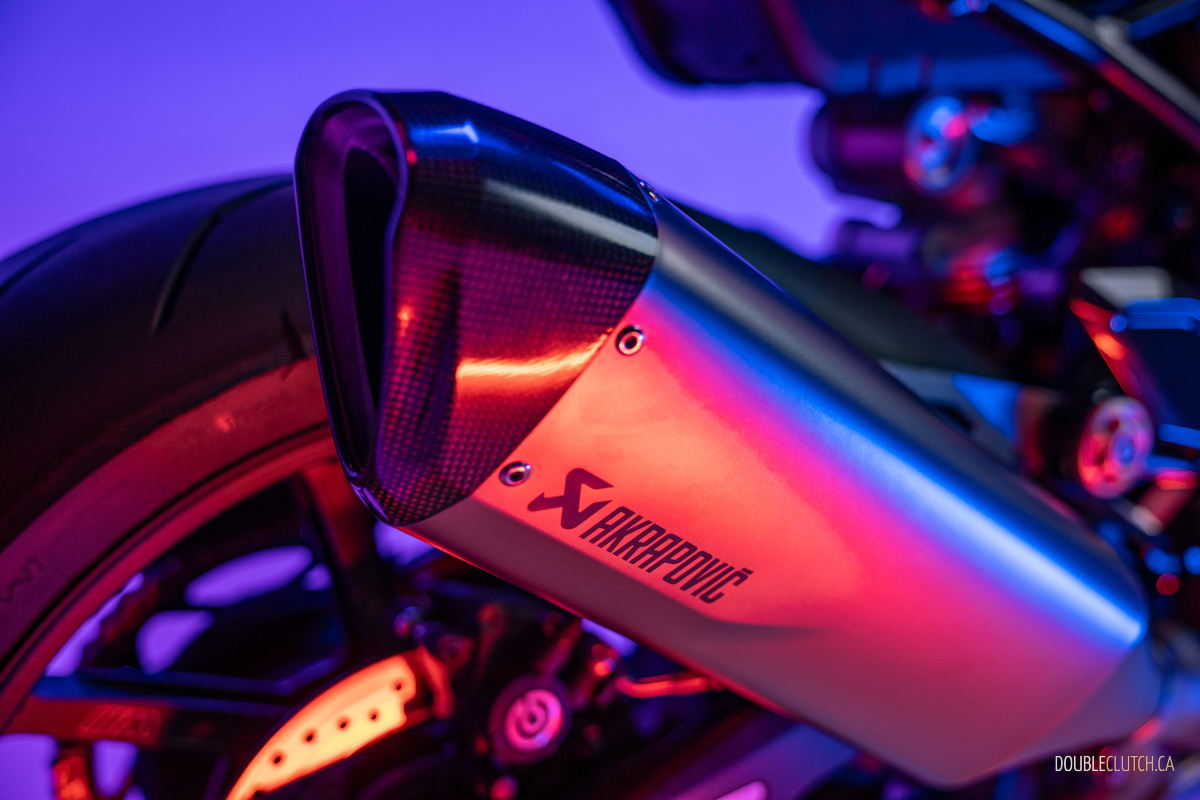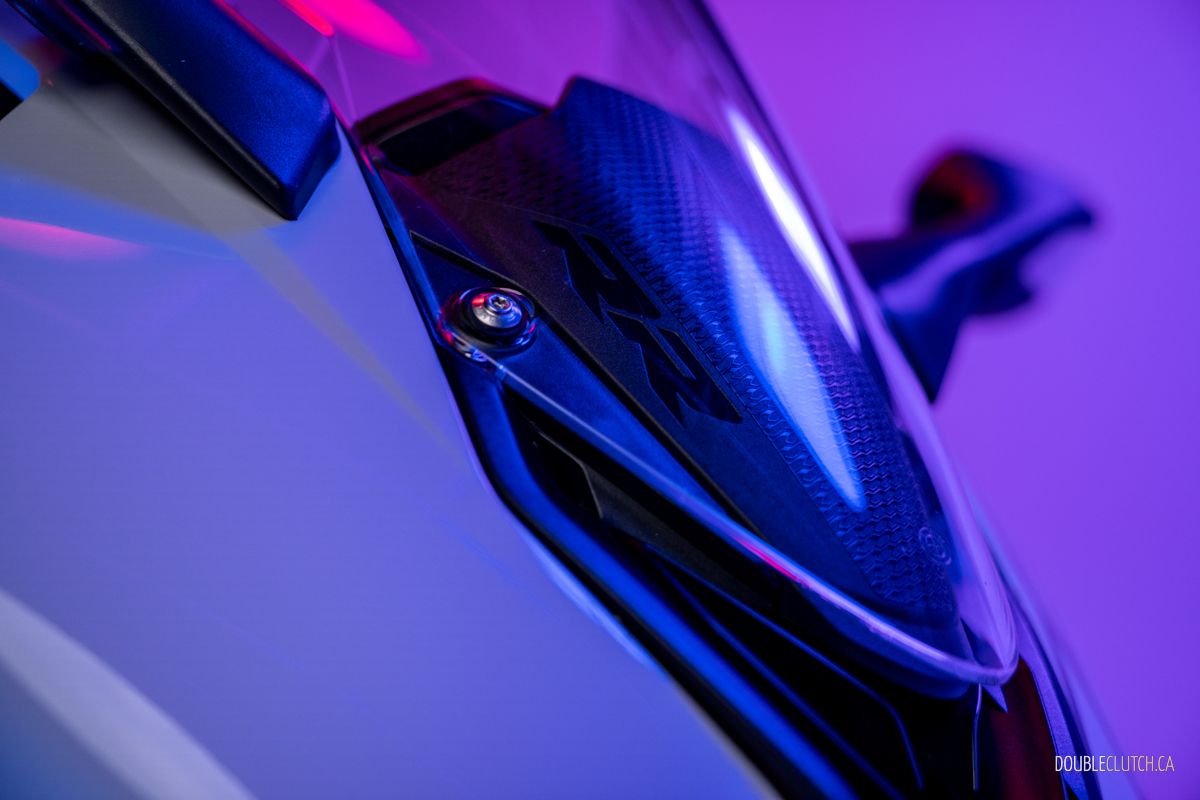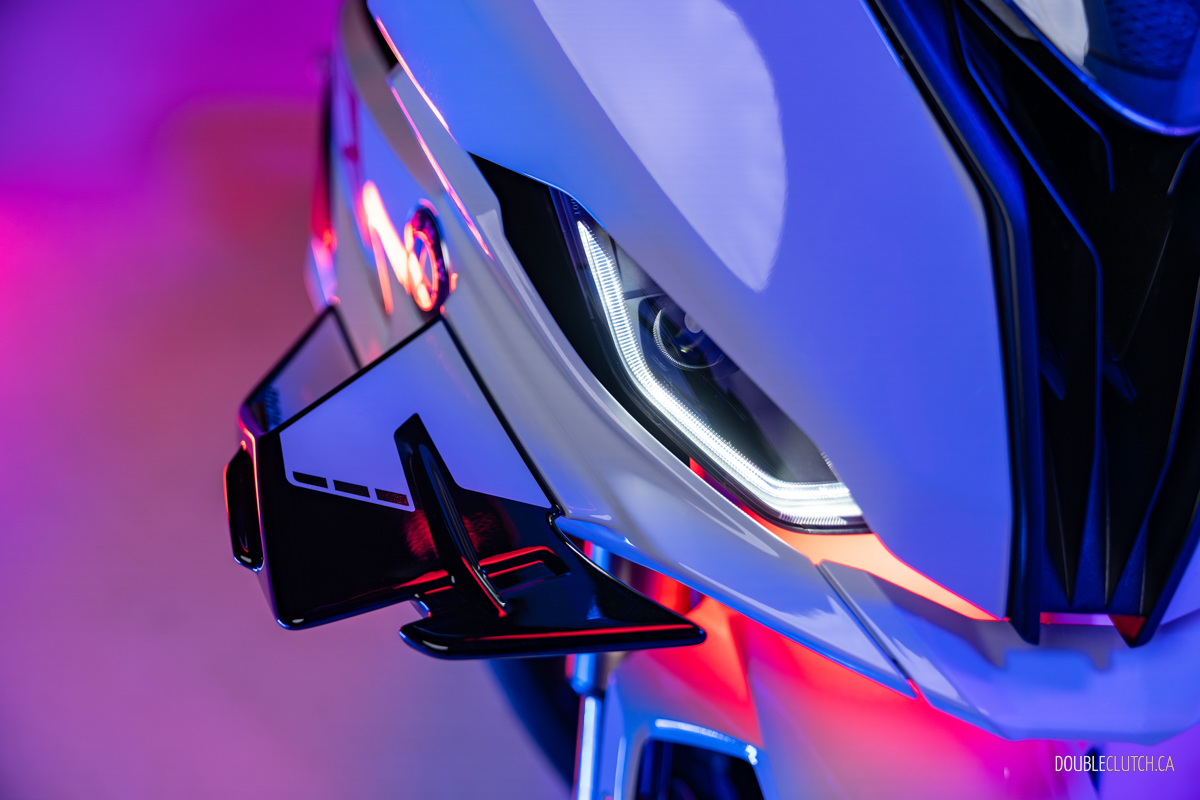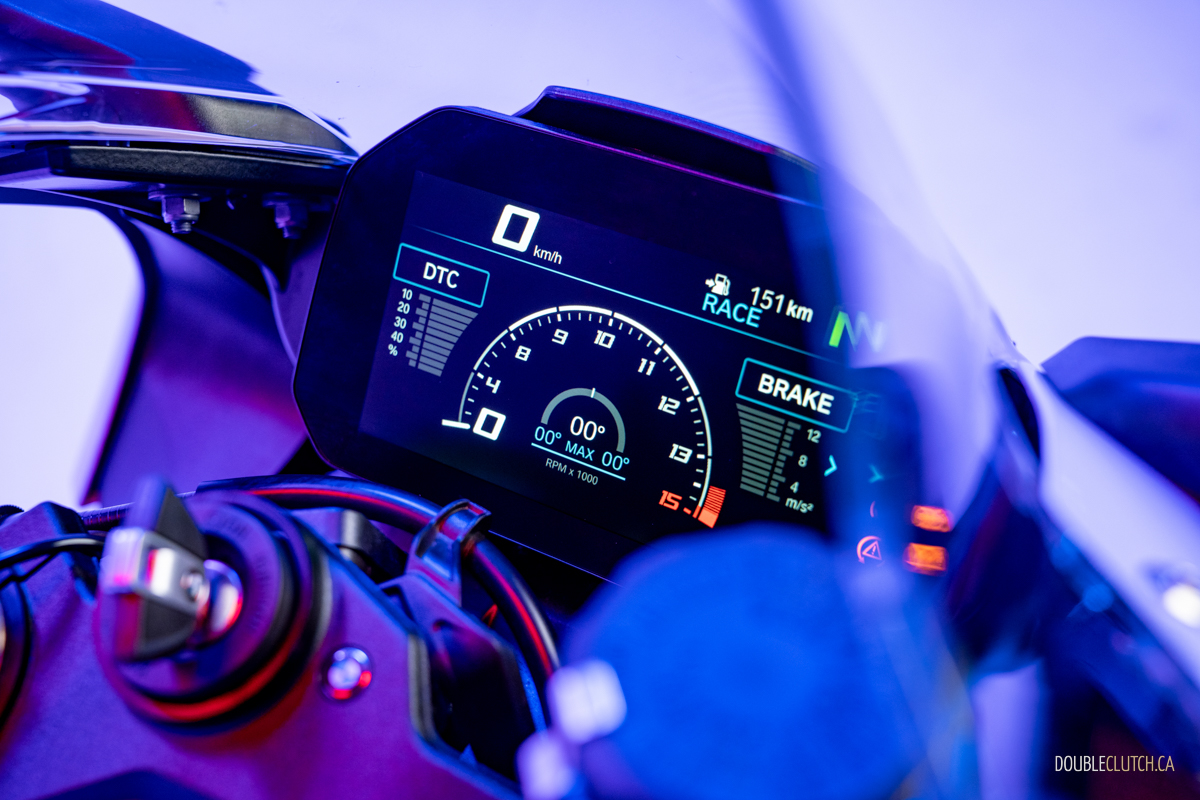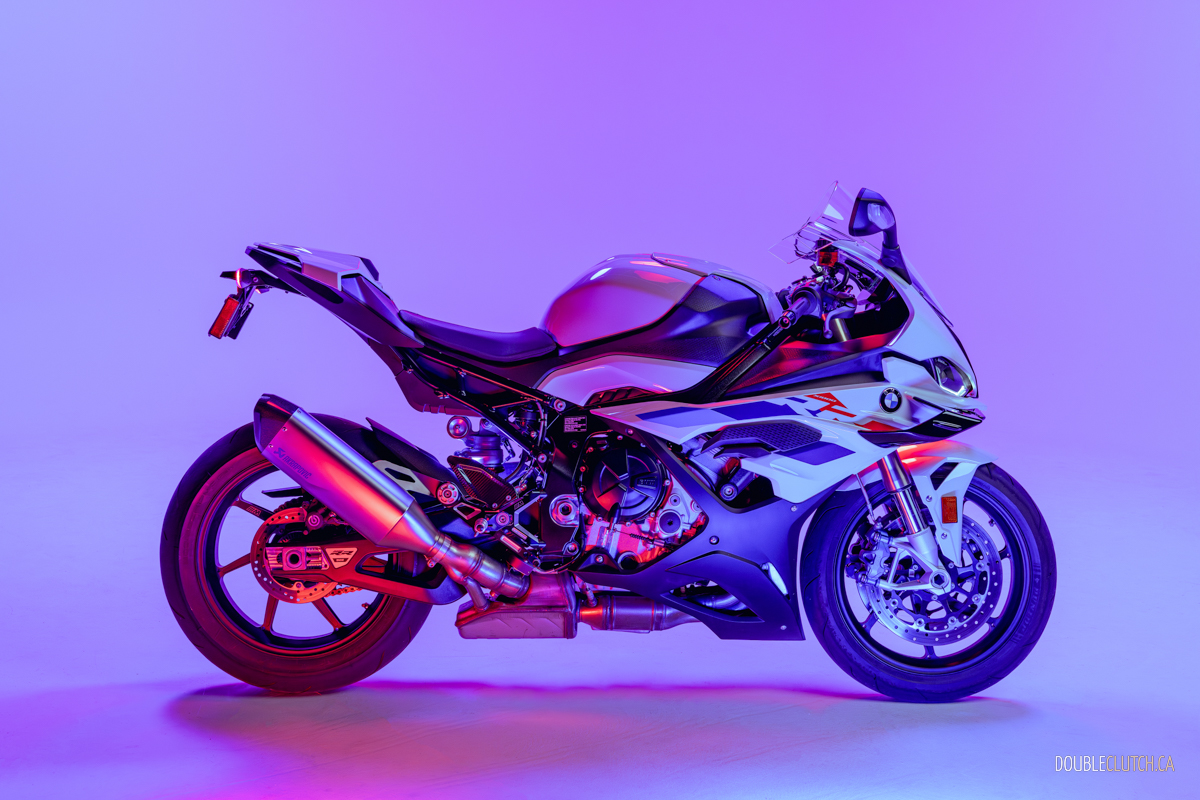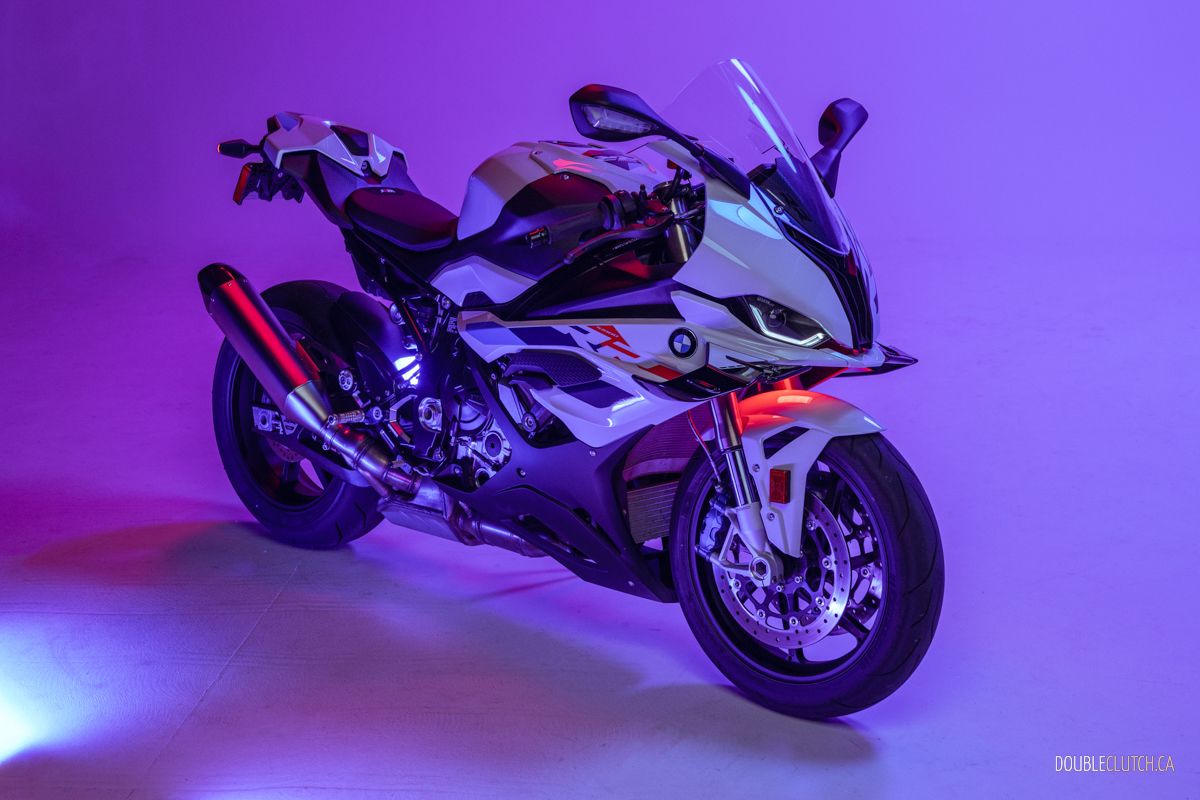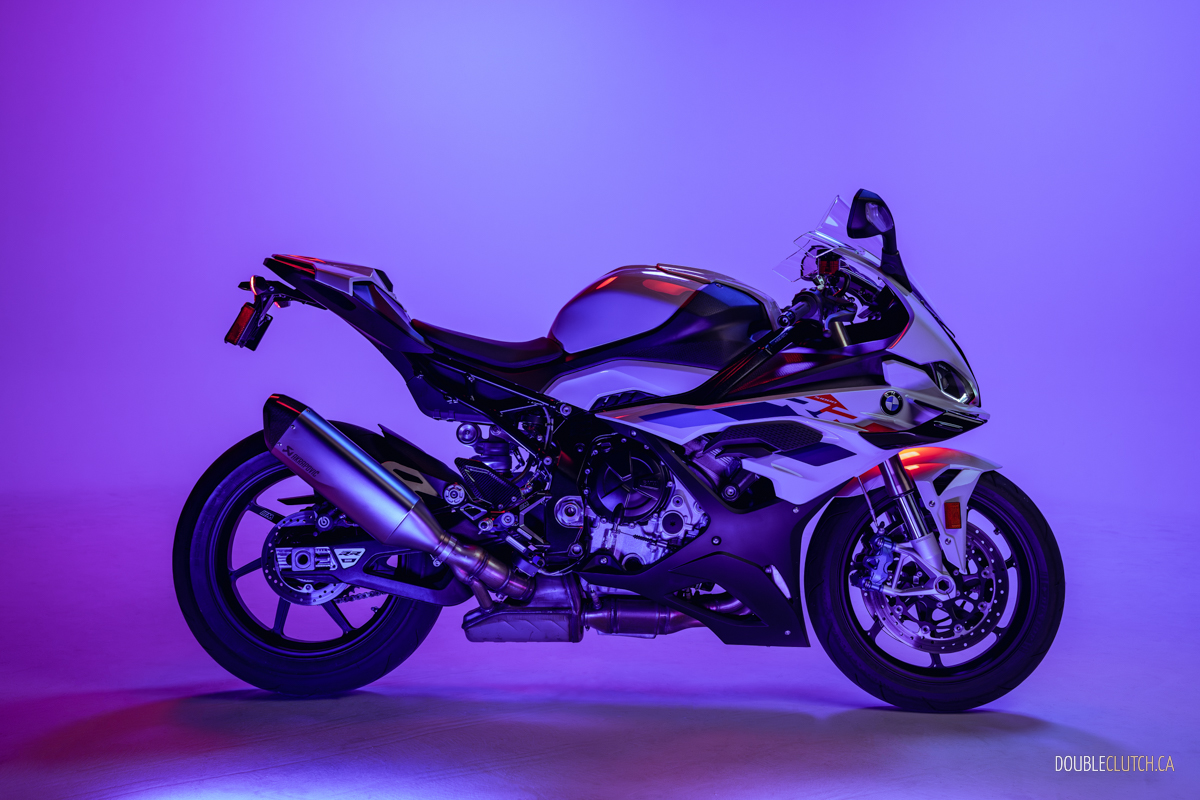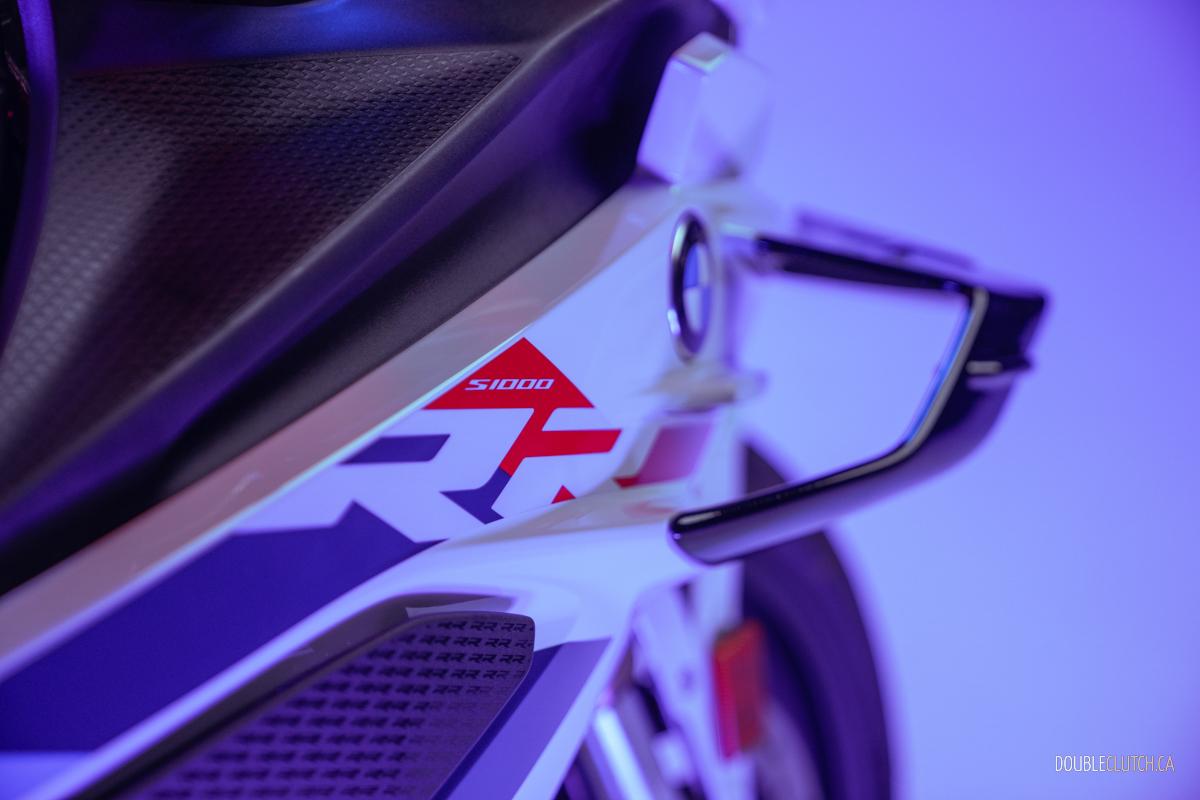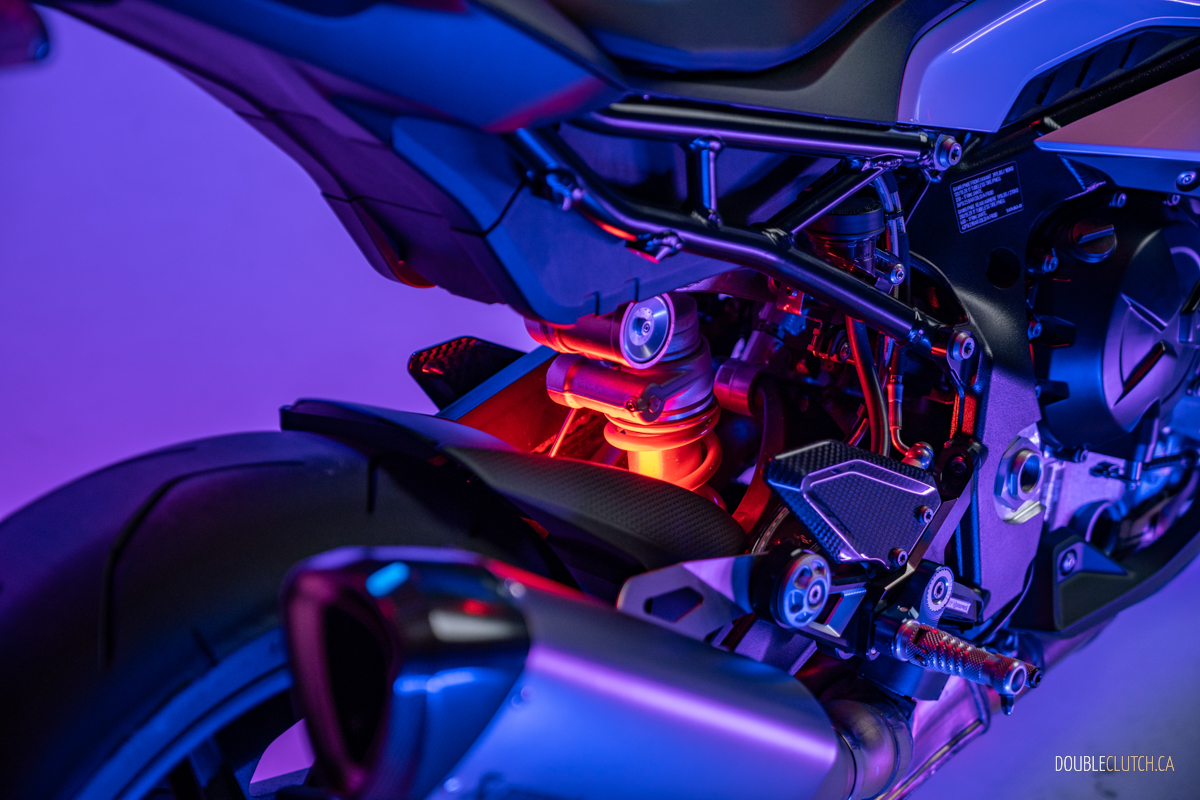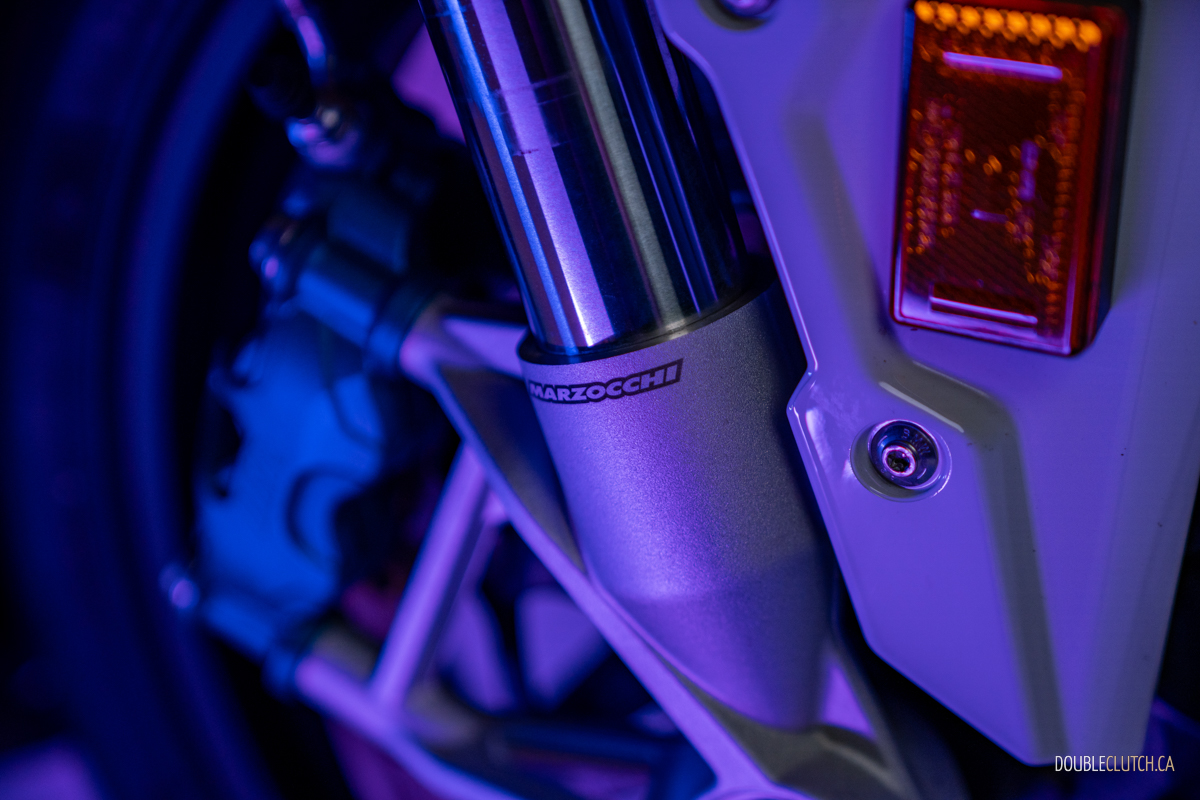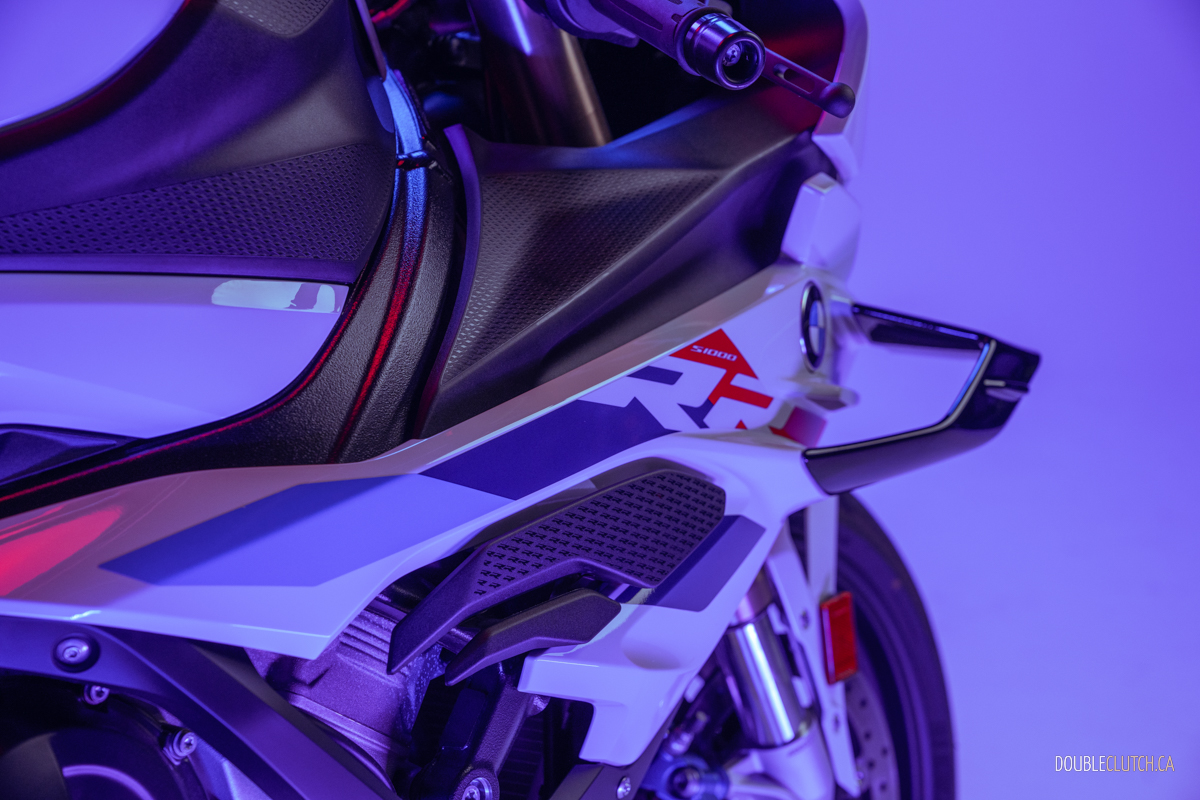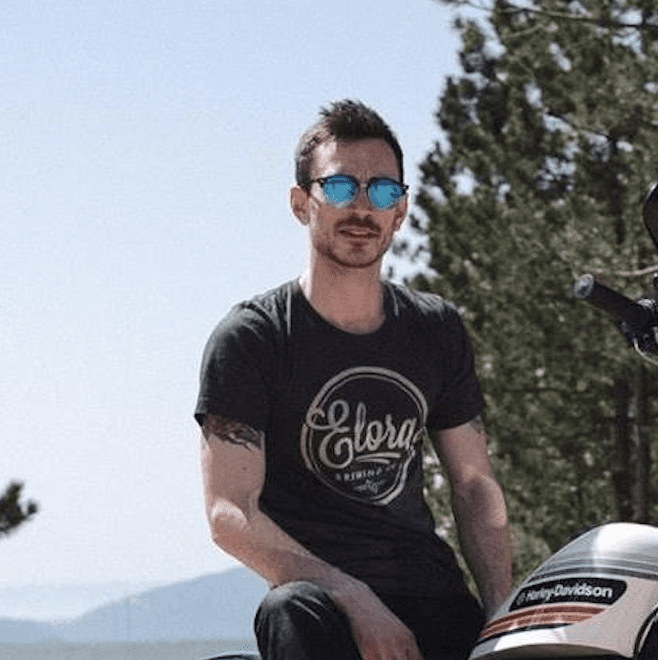This year brings yet another update to BMW’s S1000RR platform and this time, of course, with wing(let)s! Since its debut in 2009, the S1000RR has been amongst the very top tier of super-sport motorcycles, especially when it comes to cost versus performance. This latest iteration has certainly carried on that tradition diligently thanks to a litany of updates to the engine, suspension, chassis, aero package, and rider assistance systems. I spent the last week (usually) on the 2023 BMW S1000RR’s two forged wheels to find out if they really made the difference in setting it apart from the last iteration I rode in 2020.
For North American riders, the engine output remains unchanged at 205 hp at 13,000 rpm and 83 lb-ft of torque at 11,000 rpm. But we get all the rest of the good bits, including an updated chassis with what BMW calls the “flex” frame, drift-ready Dynamic Traction Control, a standard M-lightweight battery, USB charging port in the tail — all the power to you if you can fit a smartphone in there — and a redesigned tail with a much shorter plate-holder that almost looks good enough to just leave it on the bike. Oh, did I mention, it also has winglets?!
On the road, the S1000RR is nothing short of incredible. The new frame has been designed for increased accuracy and feel at the front end, and that is absolutely delivered in spades. There is no guesswork at all under heavy braking before corner entries, when even the slightest wobble is enough to shake your confidence or send you wider than you had lined up.
For 2023, throttle response is certainly optimized, but does leave the bike feeling a bit numb on acceleration — and that’s probably just a result of how damn well the S1000RR can put down its power. It’s incredibly stable to the point where it is easy to lose track of your speed because it just doesn’t feel like you’re going that fast, and the higher windscreen tossed wind-blast just above my head so I wasn’t getting buffeting at higher speeds. Coming into corners, the bike feels so precise and predictable that it’s constantly pushing you to try and extract more from it — and that’s because it has more to give. This is a motorcycle whose boundaries are only going to be tested by the most skilled of riders.
The one thing that caused me some difficulties was the lack of clutch feel. Full disclosure: I’m not too proud to admit I stalled the S1000RR three times, because I just couldn’t feel the catch point on the clutch. It’s very subtle and almost seems to change position each time you come to a standstill. That said, I managed to get a better feel for it near the end of my time with it, and I’m certain that anyone who actually buys an S1000RR will have this figured out pretty quickly.
Regardless, once I got rolling I, barely found myself using the clutch at all because BMW’s quick shift pro is pretty much perfect (and much faster than me on my best day). Coming to a stop, I was also happy to find that it is WAY easier to find neutral on the 2023 S1000RR versus the 2020 version. That could be in part to the optional M rear sets fitted on to my tester, but I recall the 2020 being an absolute nightmare to find neutral; I often resigned myself to holding the clutch in at every stoplight. I’d recommend that piece of kit either way, as they’re machined beautifully and come along with forged wheels, the BMW Motorsport paint job, M brake calipers, a sport seat, and a blacked-out fuel cap.
Ergonomics are certainly improved for those looking planning on track use, but riders looking to use the S1000RR as their weekend (or weekday) warrior on public roads are also getting a free core workout akin to what you might get at a crossfit gym. You’re hunched forward at all times, and the sport seat doesn’t exactly give you support so much as it crosses off the “this bike has a seat” checkbox on the list. As someone with a high metabolism, I wished I carb-loaded for the two weeks leading up to this test. Our tester didn’t have a passenger seat or pegs fitted to it, but I would imagine it to be a much less pleasant experience to ride with a passenger, as you’d likely be holding up their weight, in addition to your own.
As for the styling, I think BMW has nailed it overall, especially with the front winglets. Although when picking the bike up our beloved founder Adi Desai declared they’re the one thing he didn’t like about the S1000RR, but he’s wrong and I’m happy to take every opportunity to tell him so. Having them integrated into the fairing makes them look purposeful and pincer-like, rather than an afterthought to add sportiness. Adding to that, the splashes of carbon found on the rear sets and exhaust tip just grant the bike a more premium finish rather than having plastic and metal all over the place. The S1000RR looks aggressive, even though it doesn’t quite sound like it — unless you’re high in the RPMs, the exhaust note is really nothing noteworthy really. It’s inoffensive to your neighbours in the morning — or in the middle of the night when you can’t sleep and remember you have a 205-hp weapon in the garage.
Ultimately with the 2023 BMW S1000RR, I think you get more than you pay for. This is a stunning piece of engineering, even for the as-tested price point. The S1000RR at $20,395 and topped out at $27,485 as-tested, which is still almost $2,000 less than I could find a base, used Ducati Panigale V4 for anywhere in southern Ontario. You could take that $2,000 and put on a more menacing exhaust and a decent padded seat cover, and you’d have yourself a phenomenal bike that’s arguably even more capable and won’t feel like you’re sitting on a BBQ after 10 minutes at low speeds. This is a premium superbike that has been precision engineered to the absolute edge – and it’s not even the full M variant.

